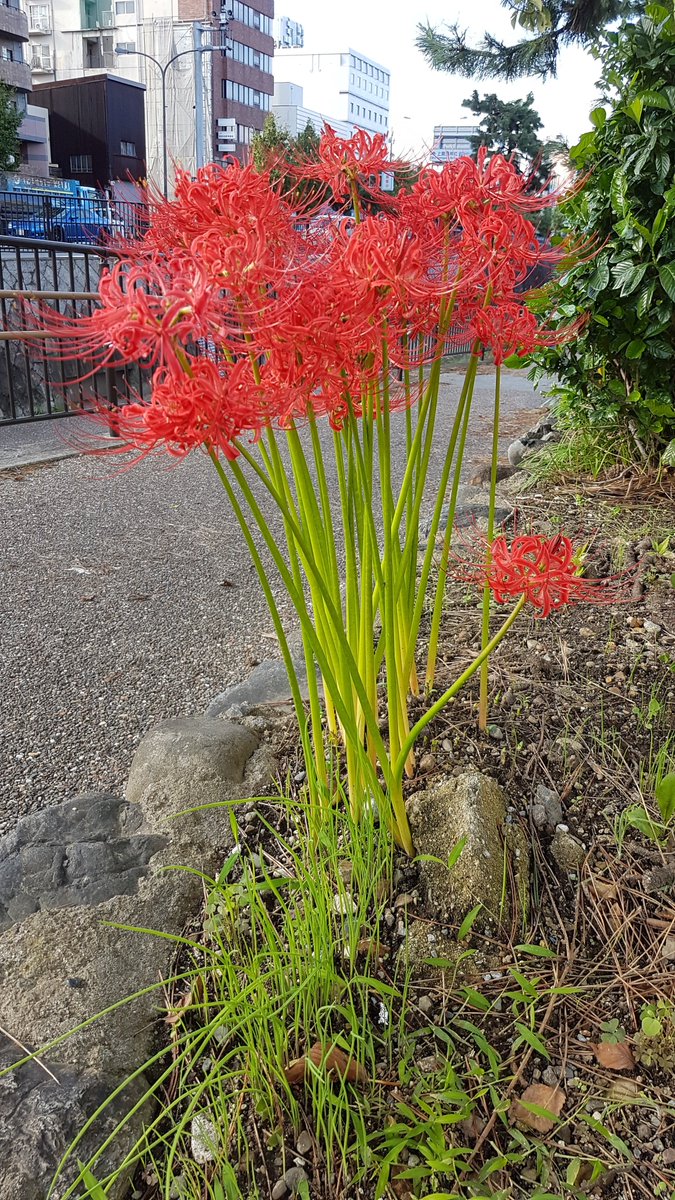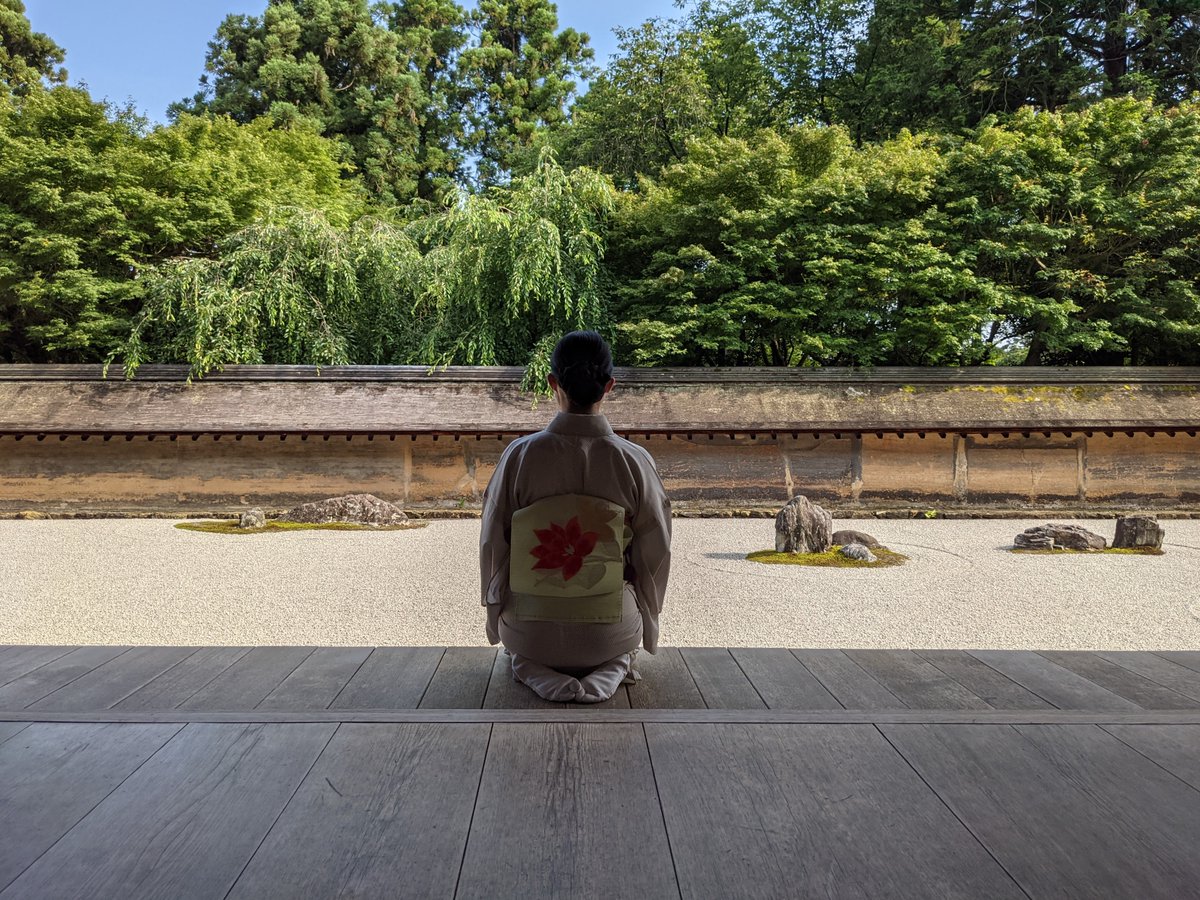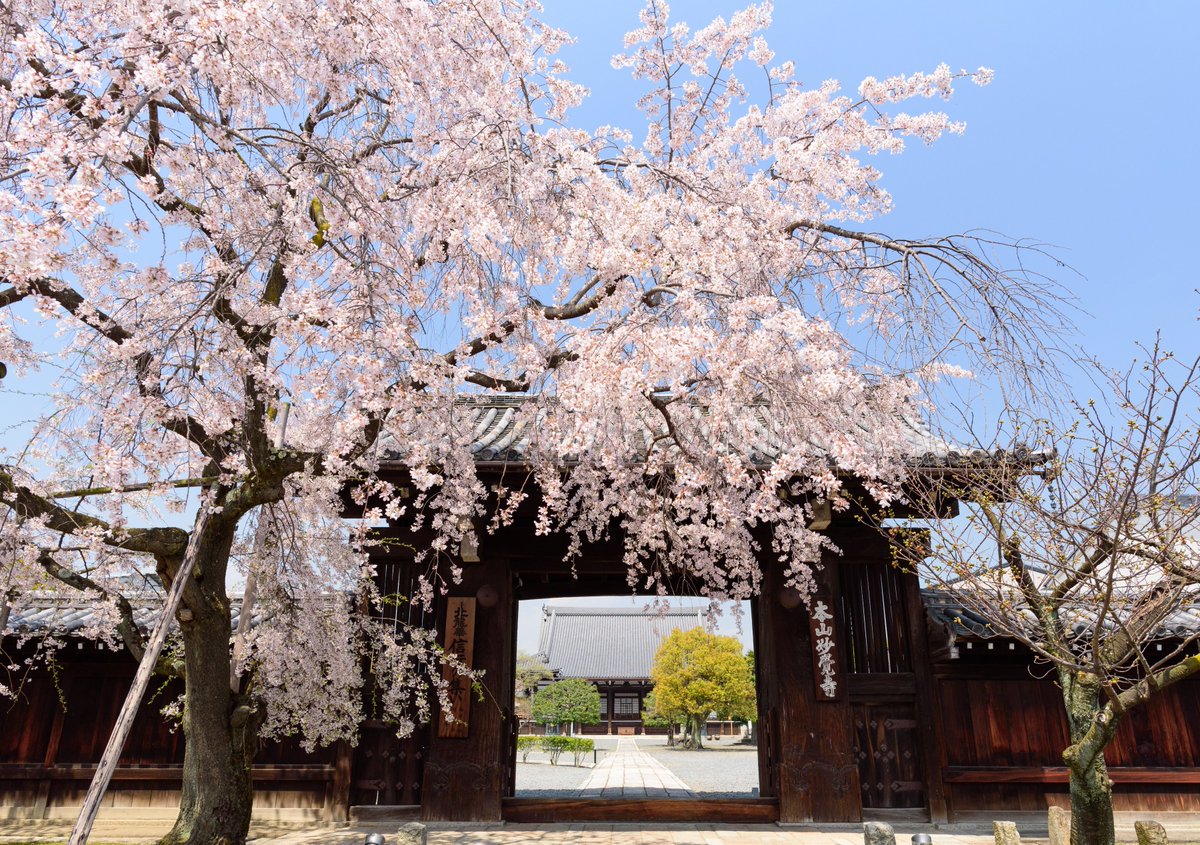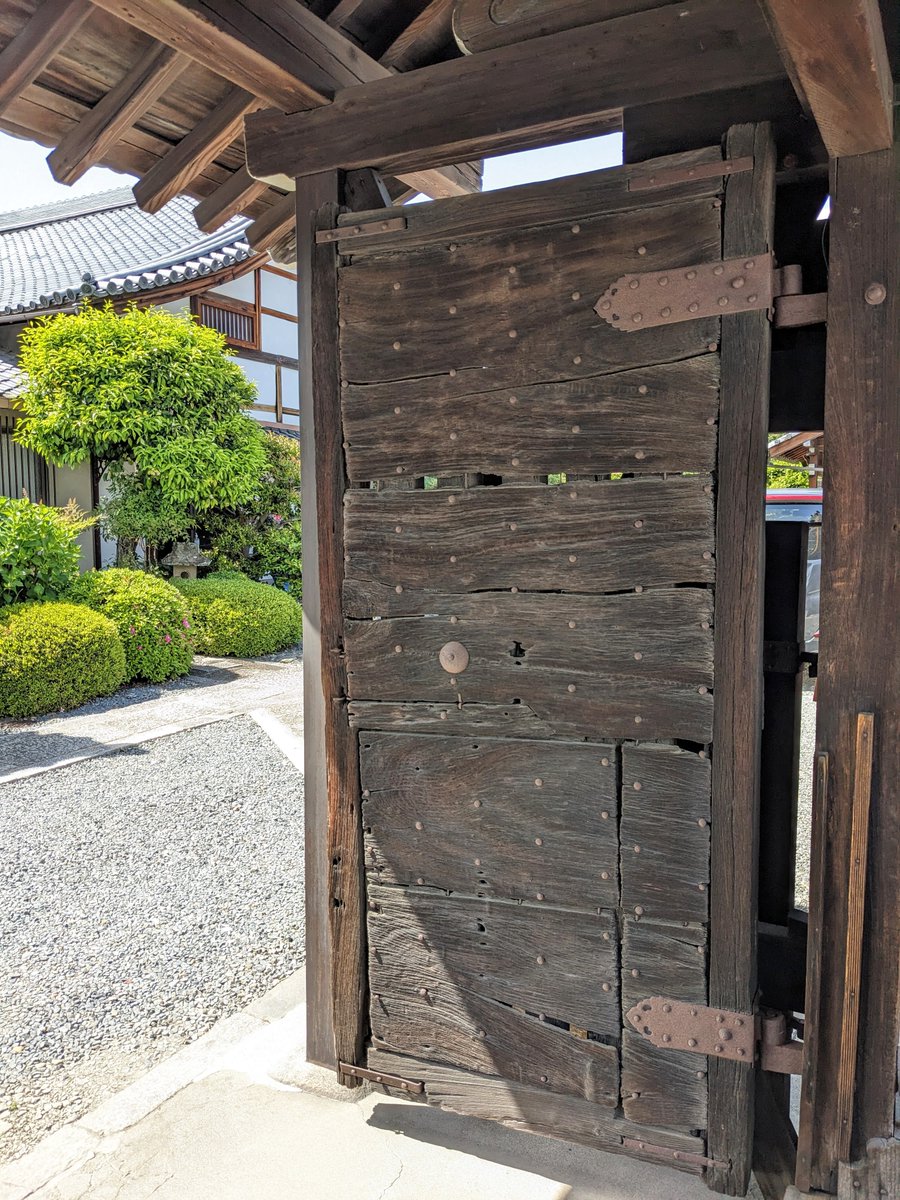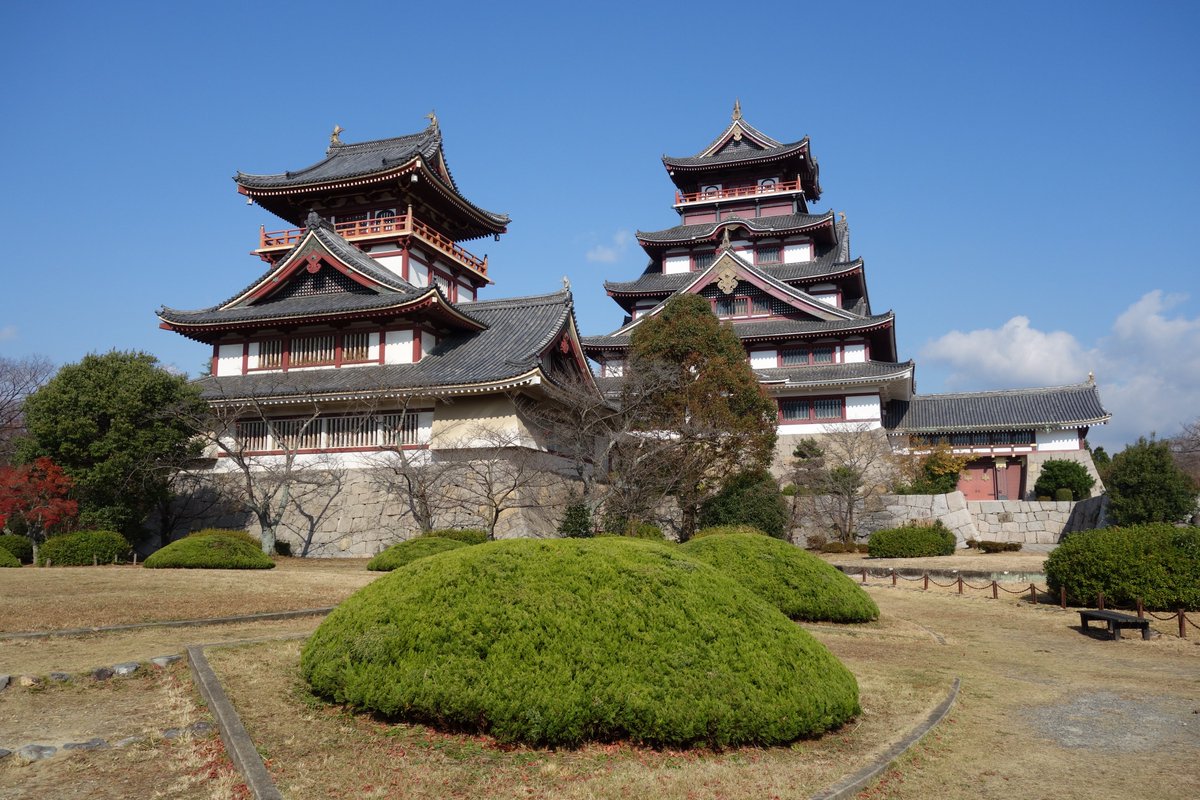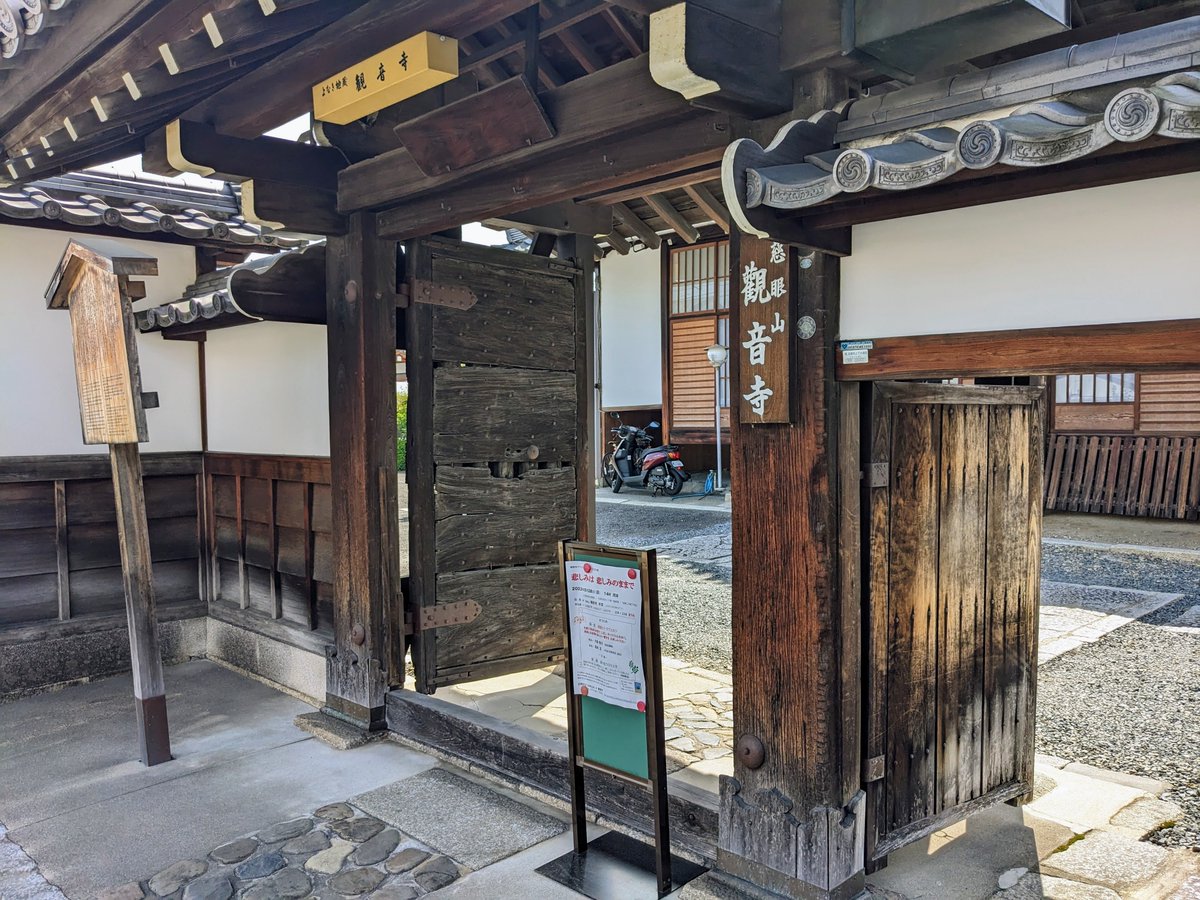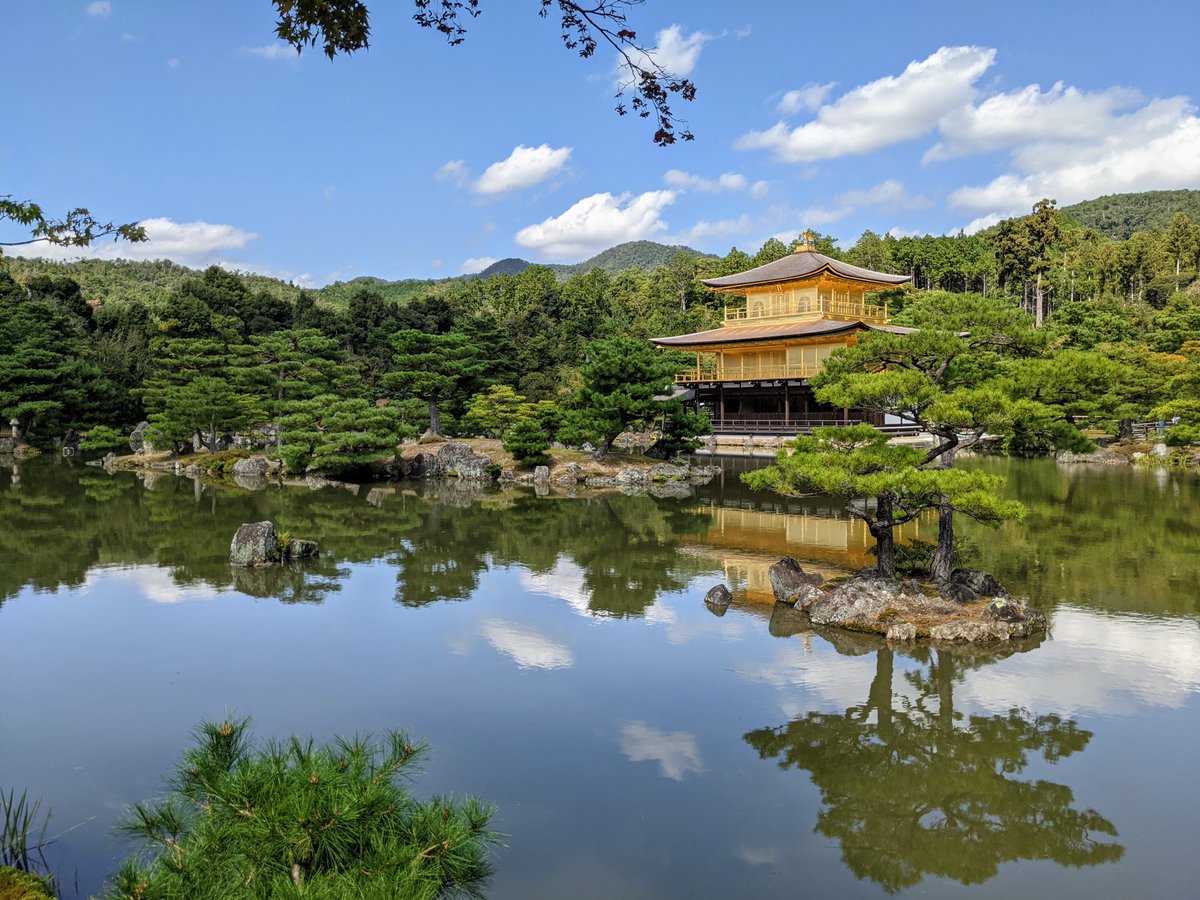🌊⛰️THE JEWEL OF LAKE BIWA🙏😇
Chikubushima (竹生島), a tiny island on Lake Biwa (琵琶湖), is home to Tsukubusuma-jinja (都久夫須麻神社) and Hōgon-ji (宝厳寺), 1 of Japan's "3 Great Shrines of Benzaiten" (弁才天).
It is believed Benzaiten's first steps on Earth were here.
#Japan



Chikubushima (竹生島), a tiny island on Lake Biwa (琵琶湖), is home to Tsukubusuma-jinja (都久夫須麻神社) and Hōgon-ji (宝厳寺), 1 of Japan's "3 Great Shrines of Benzaiten" (弁才天).
It is believed Benzaiten's first steps on Earth were here.
#Japan




Lake Biwa (琵琶湖) is Japan's largest freshwater lake, & is estimated to be the world's 13th oldest!
Originally known as 'Awaumi' (淡海 the 'Freshwater Sea'), & poetically as 'Nio-no-Umi' (鳰の海 'Little Grebe Lake'), by the Edo times it was likened to the shape of a biwa (lute).



Originally known as 'Awaumi' (淡海 the 'Freshwater Sea'), & poetically as 'Nio-no-Umi' (鳰の海 'Little Grebe Lake'), by the Edo times it was likened to the shape of a biwa (lute).




An early reference to the lake being shaped like a biwa comes from the monk Kōsō (光宗), writing between 1311-47.
"The lake is the Pure land of the goddess Benzaiten because she lives on Chikubu Island and the shape of the lake is similar to that of...her favorite instrument."



"The lake is the Pure land of the goddess Benzaiten because she lives on Chikubu Island and the shape of the lake is similar to that of...her favorite instrument."




Benzaiten (弁才天) is the goddess of 'everything that flows': water, time, words, speech, eloquence, music & knowledge.
Evolving from the Hindu deity Saraswati (सरस्वती), she is worshipped as both a Buddhist goddess and Shinto deity (known as Ichikishima-hime 市杵島姫命).
#Japan



Evolving from the Hindu deity Saraswati (सरस्वती), she is worshipped as both a Buddhist goddess and Shinto deity (known as Ichikishima-hime 市杵島姫命).
#Japan




One of Japan's three most celebrated images of Benzaiten (and the oldest) can be found enshrined in Hōgon-ji (宝厳寺).
Created around 1565, the goddess is unusually depicted with 8 arms, each carrying an object that confirms her strength, divinity and fortune bestowing powers.
Created around 1565, the goddess is unusually depicted with 8 arms, each carrying an object that confirms her strength, divinity and fortune bestowing powers.

In the distant past two mountains in northern Shiga argued over which was tallest.
Mt Ibuki (伊吹山) became so angry that he drew a sword and sliced the peak from his rival. The piece flew into Lake Biwa to become Chikubushima.
Thus Ibuki-yama became Shiga's highest mountain.



Mt Ibuki (伊吹山) became so angry that he drew a sword and sliced the peak from his rival. The piece flew into Lake Biwa to become Chikubushima.
Thus Ibuki-yama became Shiga's highest mountain.




Chikubushima's (竹生島) Tsukubusuma-jinja (都久夫須麻神社) was founded in 420 to enshrine Asaihime (浅井姫命), deity of Mt Asai (浅井山).
Tatamihiko (多多美彦), god of Mt. Ibuki (伊吹山), cut off Asaihime's head, which then formed Chikubushima, 1 of Lake Biwa's 3 islands.
#Japan



Tatamihiko (多多美彦), god of Mt. Ibuki (伊吹山), cut off Asaihime's head, which then formed Chikubushima, 1 of Lake Biwa's 3 islands.
#Japan




cool air-
admiring the pine
the shrine's snake
涼しさや松見ておはす神の蛇
-小林一茶, 1811.
Snakes, rather than Komainu, guard Tsukubusuma-jinja (都久夫須麻神社). The river goddess Benzaiten is closely associated with dragons & serpents. Snakes are known to act as her messengers.



admiring the pine
the shrine's snake
涼しさや松見ておはす神の蛇
-小林一茶, 1811.
Snakes, rather than Komainu, guard Tsukubusuma-jinja (都久夫須麻神社). The river goddess Benzaiten is closely associated with dragons & serpents. Snakes are known to act as her messengers.




In 724 the monk Gyōki (行基) established Hōgon-ji (宝厳寺) for Emperor Shōmu (聖武天皇 701-56), who dreamed the goddess Amaterasu promised him peace and bountiful harvests if he worshiped Benzaiten (弁才天) at her home on Chikubushima (竹生島).
#Hogonji #宝厳寺 #Chikubushima



#Hogonji #宝厳寺 #Chikubushima




In 1602 Tsukubusuma-jinja (都久夫須麻神社) and neighbouring Hōgon-ji (宝厳寺) were renovated with pieces taken from Toyokuni-jinja (豊国神社) in Kyōto.
The Tokugawa dismantled Toyotomi Hideyoshi's (豊臣秀吉) Mausoleum as a show of power, donating many of the buildings.
#Japan



The Tokugawa dismantled Toyotomi Hideyoshi's (豊臣秀吉) Mausoleum as a show of power, donating many of the buildings.
#Japan
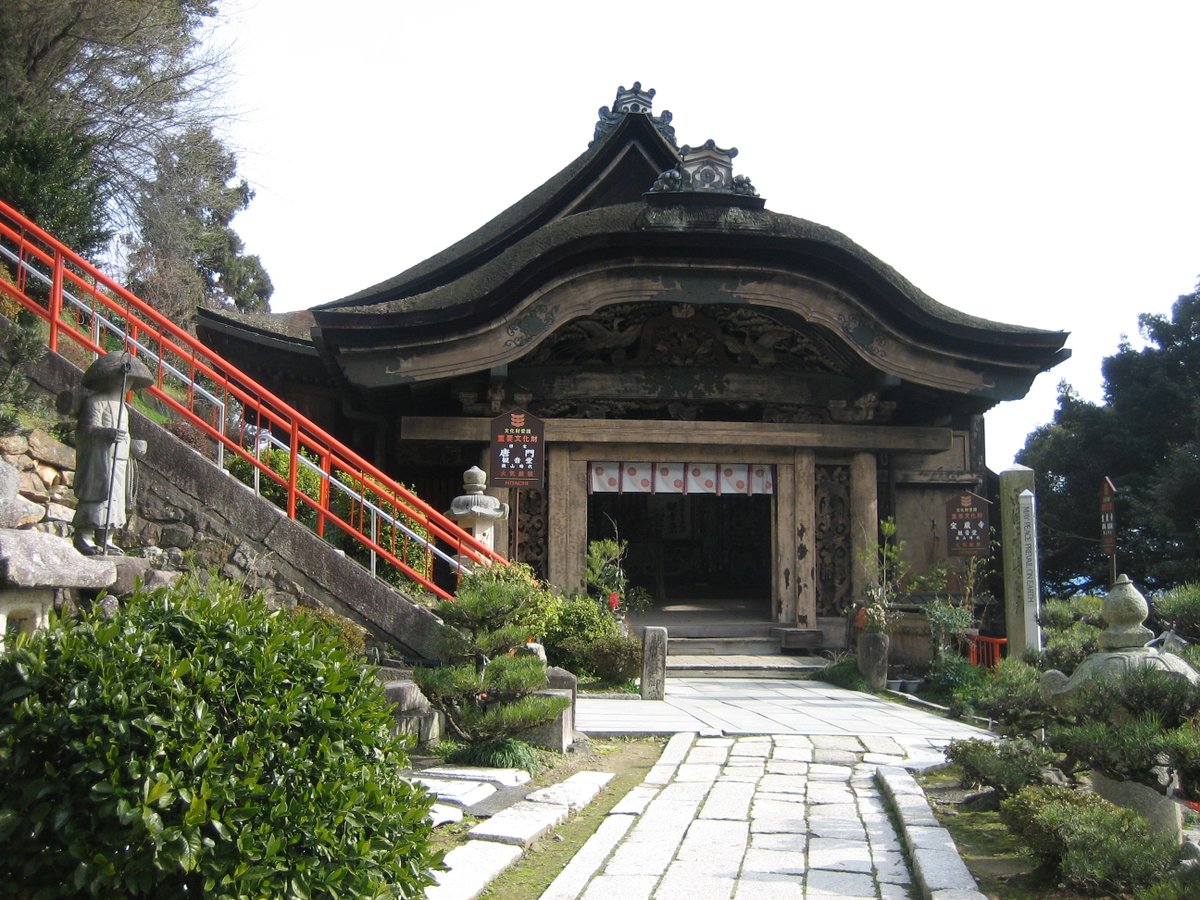



• • •
Missing some Tweet in this thread? You can try to
force a refresh



